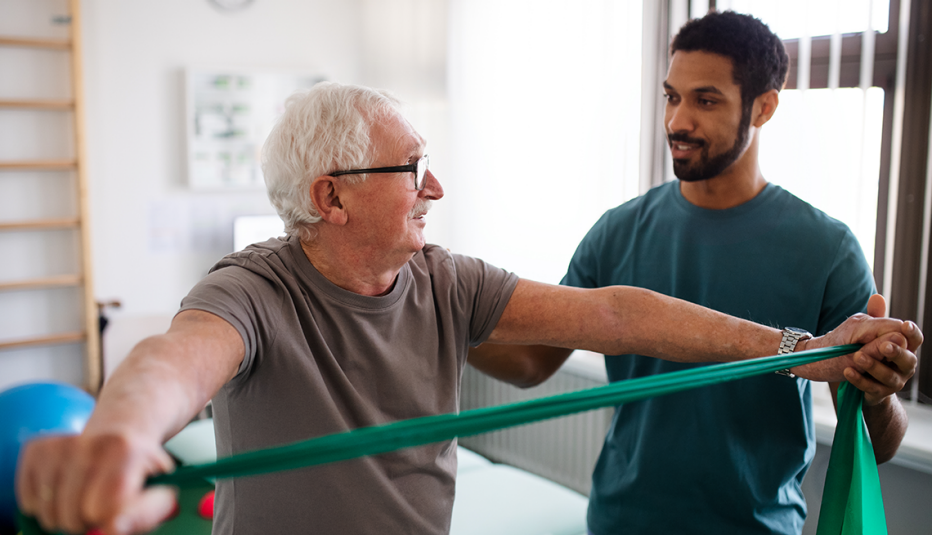AARP Hearing Center


If you’ve ever had a major surgery, such as a knee or hip replacement, chances are good that your doctors relied heavily on opioids to manage your postsurgical pain.
But these drugs can have side effects, such as dizziness, nausea and constipation, and they are potentially addictive. A review of studies that looked at data from more than 1.9 million people found that roughly 7 percent of patients continued to fill opioid prescriptions more than three months after surgery. The research was published in 2020 in the journal JAMA Network Open.
Thankfully, recent research suggests that there are much better options. Using at least three different medications to relieve pain, instead of opioids alone, lowers the risk of respiratory and GI (gastrointestinal) complications and also shortens hospital stays, according to a study published in 2018 in the medical journal Anesthesiology, which looked at over 1.5 million joint replacement patients. And avoiding opioids entirely for presurgery, during surgery and postsurgery led to shorter hospital stays, according to research from the Cleveland Clinic.
“We’ve become much more sophisticated at targeting pain at different parts of the pain pathway, so we can get better pain relief without relying on opioids nearly as much,” explains Asokumar Buvanendran, M.D., a pain medicine expert and professor in the Department of Anesthesiology at Rush University Medical Center in Chicago.
Buvanendran and Stavros G. Memtsoudis, M.D., director of critical care services in the Department of Anesthesiology at the Hospital for Special Surgery in New York, shared some of the latest, and safest, ways to handle postsurgery pain (below). Many are options you’ll need to discuss with your doctor if you’re scheduling surgery in the near future, and a few are things you need to do on your own — like not quitting any opioids you are given cold turkey or making that physical therapy session a top priority.


Take meds presurgery. The Cleveland Clinic study had patients take a preemptive dose of three drugs: acetaminophen, the nerve pain medication gabapentin and the NSAID celecoxib (Celebrex). “Giving non-opioid pain medications before may help prevent the cascade of pain-causing chemicals that comes from your central nervous system after surgery,” explains Memtsoudis.
Another option: adding in a steroid, which helps tamp down the fight-or-flight response occurring right after surgery, which can ramp up pain.
Opt for a local. If possible, ask for local anesthesia, which requires a lower level of opioids than general anesthesia, as well as a peripheral nerve block, where the surgeon injects an anesthetic near a specific nerve or bundle of nerves to block pain, suggests Buvanendran. This can help reduce the risk of needing opioids later.
Make sure you’re on the right drugs postsurgery. In general, there are four tiers of drugs for you and your doctor to consider when dealing with your pain.


































































More on Health
Do You Have Night Blindness?
The vision problem can leave you feeling lost when the lights are low7 Habits Causing Your Lower Back Pain
Making a few tweaks to your routine (or diet) might alleviate lots of discomfort
Taking Aim at Arthritis
Remedies now target inflammation as well as the ache